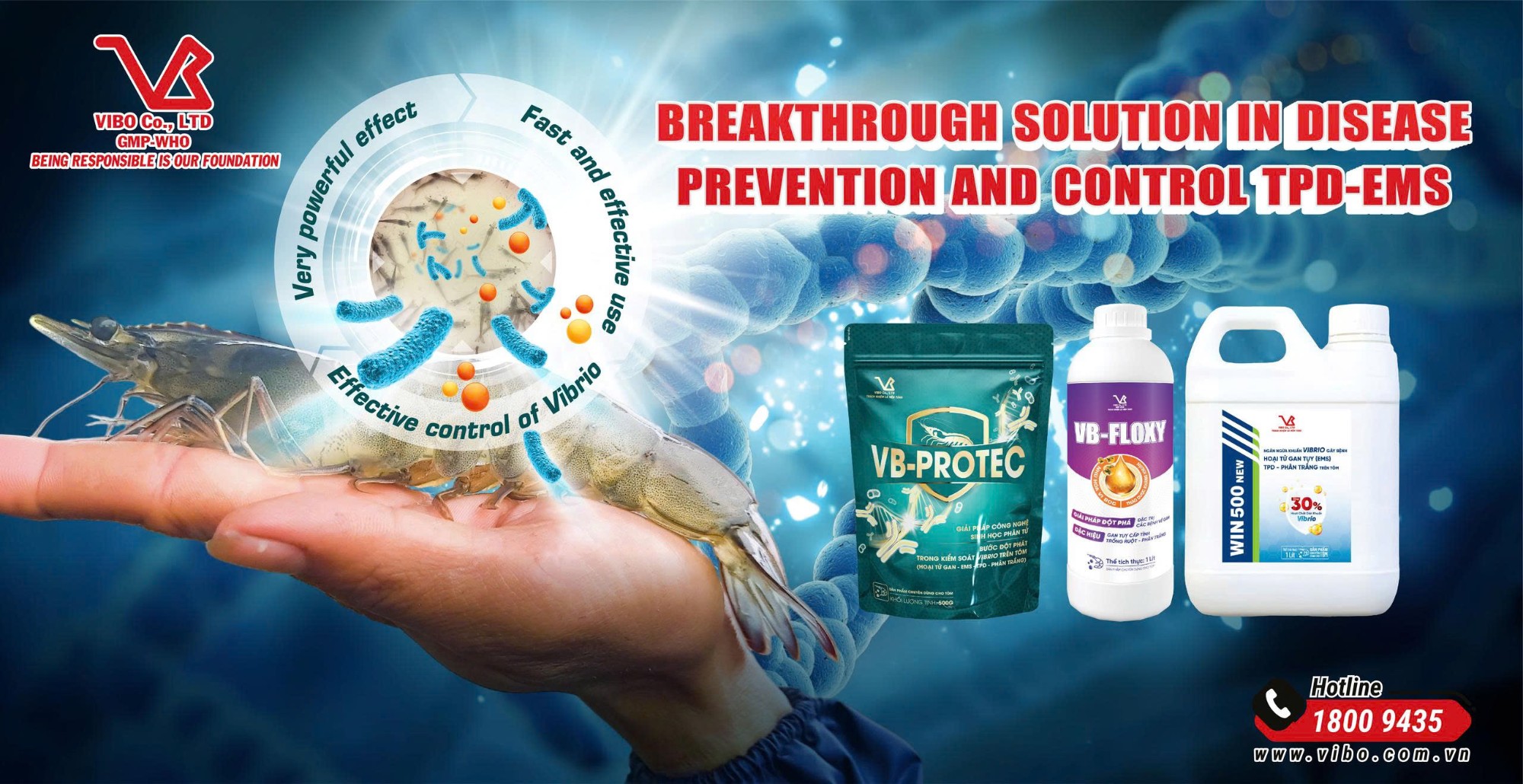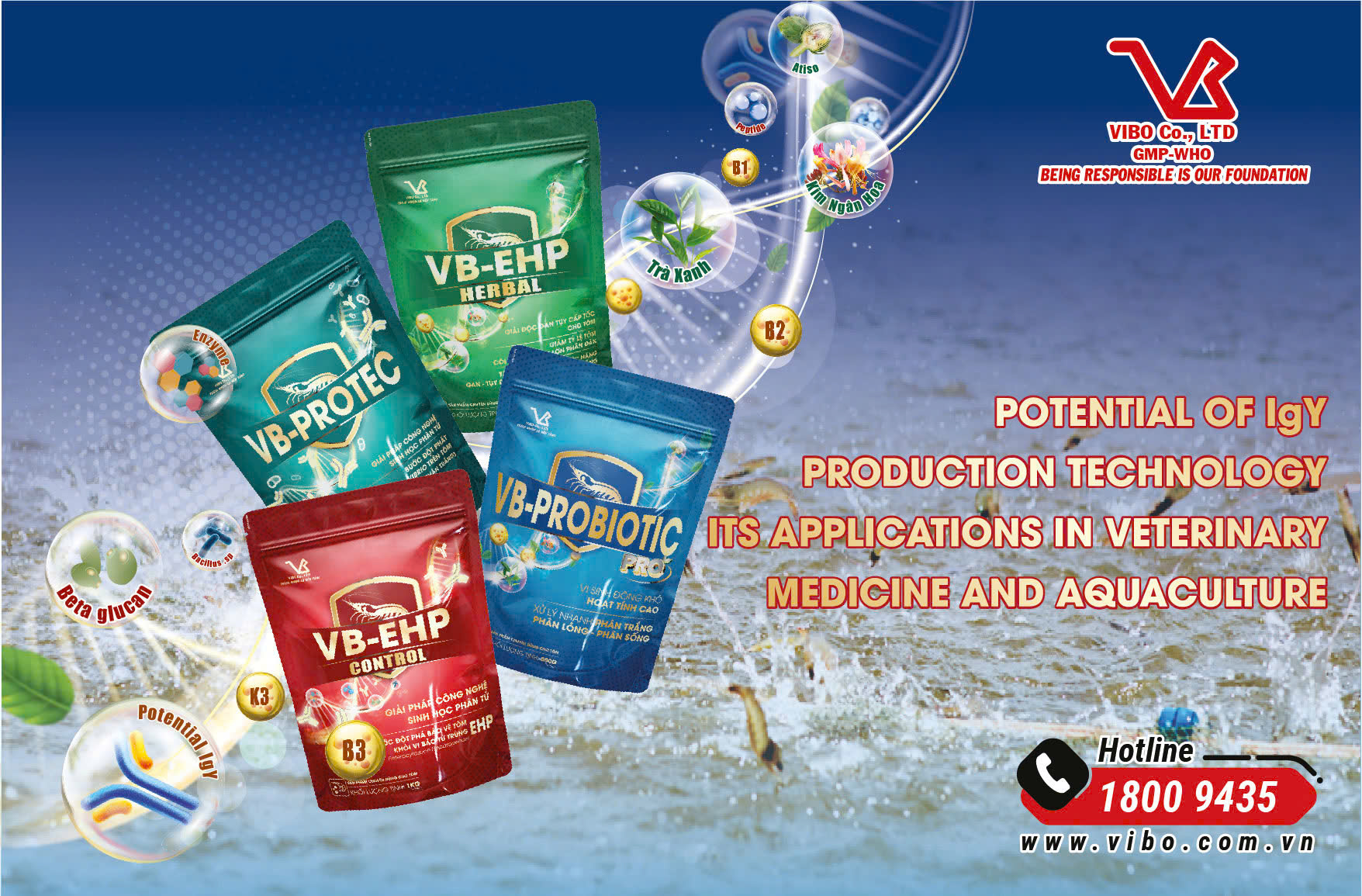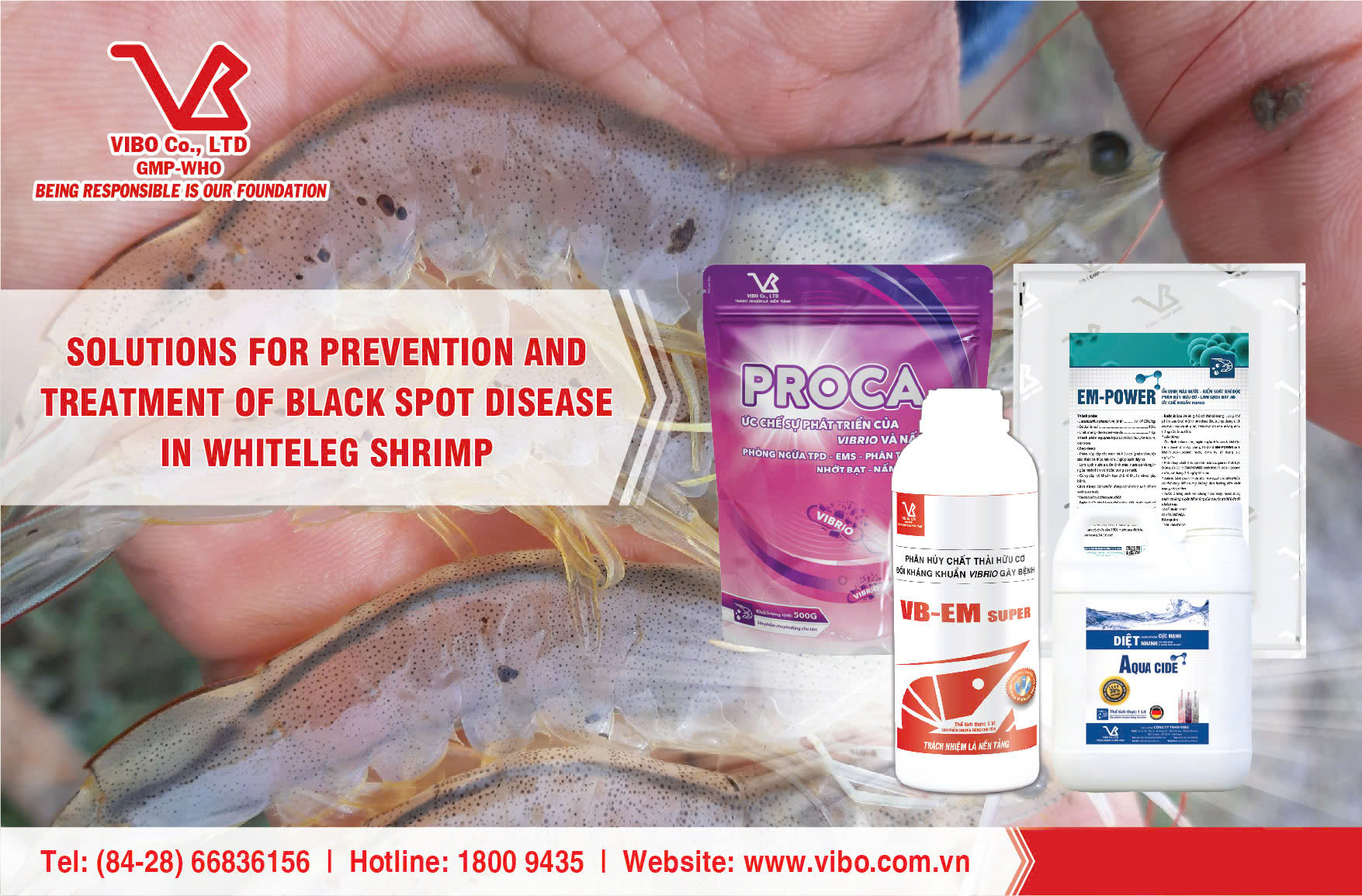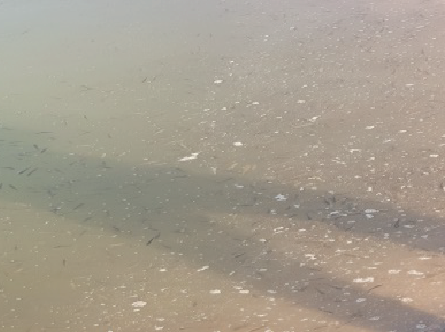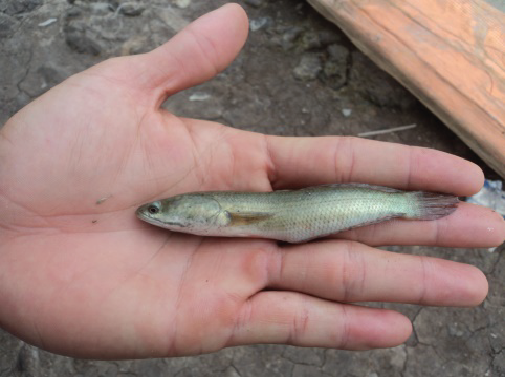- Address: Lot No. 20, Zone G, D1 Street, An Ha Industrial Park, Tan Vinh Loc Commune, Ho Chi Minh City
- Phone: (84-28) 668.36156 / 668.36158
- Hotline: 1800.9435
- Fax: (84-28) 3620.4694
- Email: vibo@vibo.com.vn
- Website https://vibo.com.vn/
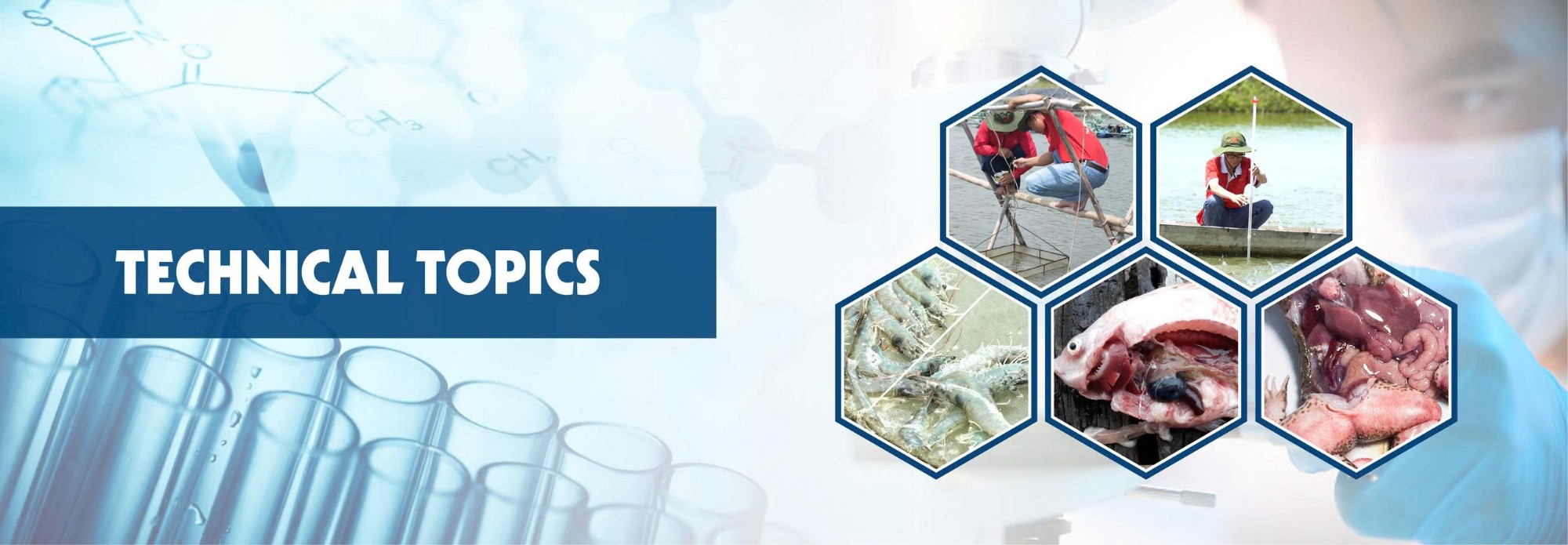
Procedures for prevention and treatment of parasitosis (Flukes and Trichodina ) in Red tilapia
I.CAUSE OF DISEASE
- Flukes and Trichodina cause diseases mainly in fingerlings and parasitize mainly on gills, fins, scales, and bodies of fish (Figure 1: Flukes and Trichodina).
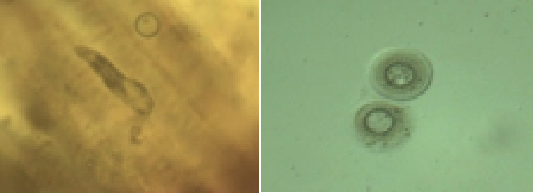
Figure 1: Flukes and Trichodina.
II.SIGNS AND CONDITIONS OF DISEASE

Figure 2: Signs of fish infection with parasites.
- Fish eat weakly, float a lot on the water surface in the morning.
- Bring pale fish, gill silk, congestion, mud, with many white pus spots, fish skin with wounds, red spots (Figure 2: Signs of fish infection with parasites).
- The disease develops a lot in fingerlings and fingerlings when weather conditions change suddenly, fish resistance is weak, especially in the rainy season and the pouring season of the year.
III.DISEASE PREVENTION AND TREATMENT SOLUTIONS
a. Preventive solutions:
- Farming moderate density and regularly checking fish: observing and checking on a microscope.
- Use VB-PRAZI_concentrated (1kg / 15-20 tons of fish) periodically to prevent parasites, especially during the pouring season.
- Periodically supplement BIO-X_pro + VB-SKY new (1kg/L/10-15 tons of fish) to enhance digestive support, liver function, kidney function 2 times/week.
b. Treatment solutions
Case 1: Pure fish infected with parasites
+ Cut primers and treat DE AGA parasites, pay attention to use when standing water or surrounding raft for effective treatment.
+ 50-70% reduction of aquafeed and combined use of VB-PRAZI_concentrated + GATONIC pro, 2 consecutive days.
+ After the draw, use BIO-X_pro (1L / 15 tons of fish) to enhance the digestive microbiological support, liver function.

- Case 2: Fish is infected with hemorrhagic disease
+ Cut primers and use GLUMAX (1L / 5,000m3) to disinfect the environment.
+ Reduce aquafeed intake (50%) and combine treatment with VB-PRAZI_concentrated + GATONIC pro + VB-RIDO_01.
+ After that, use BIO-X pro + VB-SKY new (1kg or 1L / 15 tons of fish), to enhance the digestive microbiological support and liver function.








